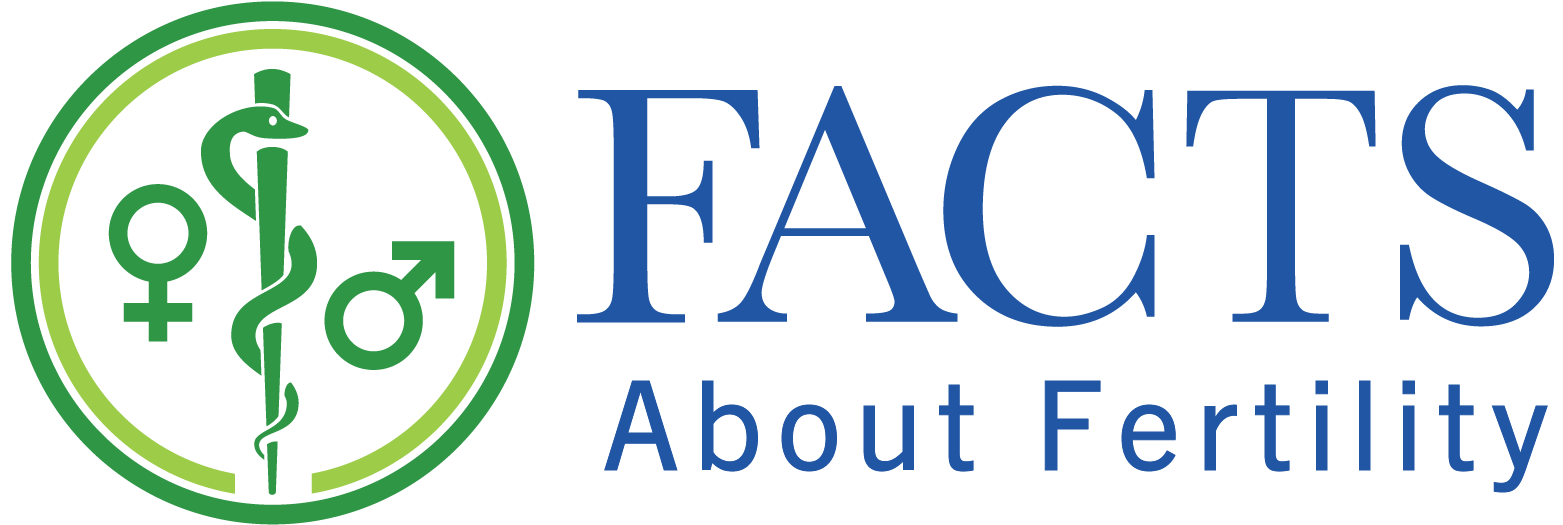A Review of Data from a Cycle Tracking App
By: Divya Venkat Editor’s Note: Divya Venkat was a fourth-year medical student on the FACTS elective when she summarized the research article [1] we feature this week by Drs. Paula […]
Fertility Apps for Holistic Health Tracking: A Research Review

“Women are no longer looking for ways to solely track their menses or ovulation; they want to understand the holistic nature of the human body in terms of fertility, menstruation, lifestyles, and systemic symptoms.”
Ambulatory Hormone Monitoring of Ovulation: A Review of Research

“Proov Complete aims to accurately and sensitively predict ovarian reserve and fertile days, and confirm whether ovulation was successful.”
‘Natural Cycles’ App Effectiveness to Prevent Pregnancy: A Review of Research

“Natural Cycles, the only FDA-cleared app for birth control available in the United States … works by tracking the user’s menstrual cycle and basal body temperature with an option to include urinary luteinizing hormone to identify fertile days.”
FABMs Validation Studies, Patient Data Privacy, & Menstrual Health Literacy

“Dr. Bouchard believes improving menstrual health literacy should be a goal not only for patients, but equally for health professionals.”
Mobile Apps for Fertility Awareness: A Review of Research

“With technology advancing and FABMs growing in popularity, it is vital to have reliable apps, consistent tracking, and accurate data analysis to interpret the information, particularly for new FABM users and medical professionals without previous FABM training.”
Comparing Days of Fertility Using Different Apps: A Review of Research

“Many apps claim to predict a fertile window that may be used by women to either achieve or avoid pregnancy, but the way this fertile window is determined varies greatly from app to app.”
Fertile Phase Variability in the Menstrual Cycle: A Review of Research

“This study by Fehring and Schneider further established that variability of the fertile window exists between different women and even from cycle to cycle in an individual woman. New technologies like CEFM … may help couples accurately determine their fertile window to achieve their pregnancy goals.”
Time-to-Pregnancy Fertility Tracking via App: A Research Review

“Participants with higher fecundability (age < 35 and cycle length variation < 5 days with sexual intercourse logged at least 20% of days) had higher probability of pregnancy: 88% at 6 cycles and 96% at 12 cycles with a median time to pregnancy of 2 cycles.”
Beyond the Pill: Managing Fertility with an App

“Unfortunately, she mentioned that many people close to her do not consider these methods a legitimate form of family planning …and recounted jokes from friends, family, and even those in healthcare about how, after she got married, she would likely soon be pregnant.”
